I. Introduction
II. Background Literature – Manuel Castells ‘Network Society’
III. Research Question and Methodolog
VI. Case Analysis
1. Financial sector (Money auction)
2. Donation Sector (Naver Happybean)
3. Supporting Sector (Tumblbug)
V. Findings and discussions
VI. Conclusion
The term ‘network society’ was coined by Manuel Castells, a key sociologist on the theory of network society, in his book The Rise of the Network Society. Castells suggested that the definition in concrete terms of network society is “a society where the key social structures and activities are organized around electronically processed information networks.” So it is not just about networks or social networks, because social networks have been very old forms of social organization. Rather it is about social networks which process and manage information and use micro-electronic based technologies. In short, network society is one whose social structure is made of networks powered by microelectronics-based information and communication technologies. In addition, according to Castells our societies are becoming increasingly structured around the bipolar opposition of the Net and the Self. The ‘Net’ means the new, networked forms of organization which are replacing vertically integrated hierarchies as the dominant form of social organization. The ‘Self’, on the other hand, is related to the multiple practices through which people try to reaffirm identity and meaning in a landscape of rapid change. Network society goes further than



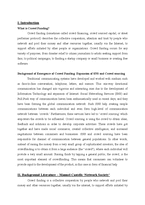
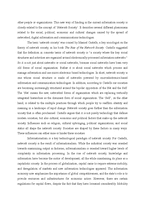
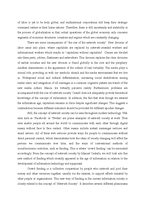
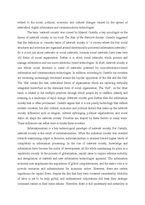
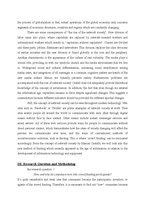



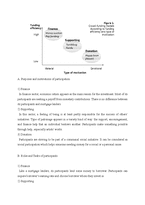
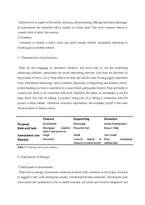
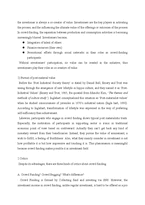



 분야
분야


